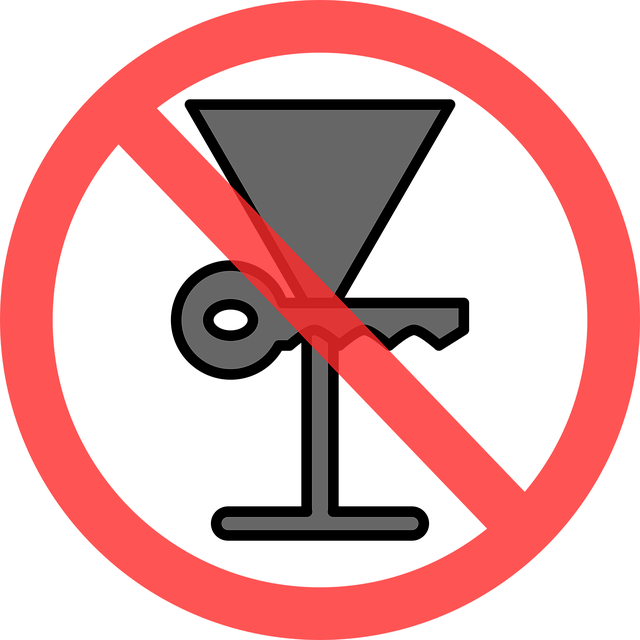In rural areas, DUI laws emphasize community rehabilitation through non-punitive measures like community service, leveraging strong local support networks to reduce recidivism and maintain neighborhood peace. Urban settings, with their larger, more diverse populations, adopt stricter DUI penalties including fines, license suspensions, and mandatory treatment, prioritizing deterrence due to high traffic volumes and the need to ensure public safety. Effective community service programs in rural areas require collaboration between courts, government, and local organizations, offering tailored sentences that consider individual circumstances, employment, and family obligations.
In the realm of DUI (Drunk Driving Under Influence) legislation, a stark contrast exists between rural and urban jurisdictions. This article delves into the key differences in their laws, focusing on community service as punishment – a unique aspect that varies significantly across these settings. We explore how these disparities impact offenders and communities, offering insights into the effects of alternative sentencing approaches. By understanding these variations, we can better navigate and address drunk driving issues in diverse environments.
- Understanding Rural and Urban DUI Laws: Key Differences
- Community Service as Punishment: A Closer Look at Implementation
- Comparative Analysis: Effects on Offenders and Communities
Understanding Rural and Urban DUI Laws: Key Differences

In rural areas, DUI laws often reflect the smaller, tighter-knit communities where residents know each other and trust one another. As such, punishments tend to be less severe with a stronger emphasis on rehabilitation and community service as punishment. This might include tasks like cleaning up local parks or helping at community centers, allowing offenders to give back to their own neighborhoods. The focus is often on keeping the peace within these close-knit communities rather than meting out strict penalties.
In contrast, urban settings present unique challenges with larger populations and more diverse demographics. DUI laws in cities tend to be stricter, reflecting the need for deterrence in a broader, less personally connected community. Penalties can include heftier fines, longer license suspensions, and even mandatory addiction treatment programs. The goal is to send a clear message that driving under the influence will not be tolerated in urban areas, where crowded streets and high traffic volumes demand zero tolerance for impaired drivers.
Community Service as Punishment: A Closer Look at Implementation

In many jurisdictions, community service is often presented as an alternative punishment for DUI (drunk driving) offenses, especially in rural areas where resources may be more limited. This approach aims to redirect offenders’ time and energy towards beneficial activities within their communities, offering a chance at redemption and reparation. The implementation of community service as a DUI penalty involves close collaboration between the court system, local government, and community organizations. These partnerships are crucial for designing programs that align with both legal requirements and the needs of the affected communities.
The effectiveness of community service as a punishment is closely tied to its structure and supervision. Offenders may be required to perform tasks such as cleaning public spaces, assisting at local shelters or food banks, or participating in environmental conservation projects. Proper oversight ensures that community service hours are accurately tracked and that participants fulfill their obligations responsibly. This not only provides a meaningful contribution to the community but also offers a structured environment for offenders to learn from their mistakes and develop new perspectives.
Comparative Analysis: Effects on Offenders and Communities

In rural areas, DUI laws often reflect the smaller, tighter-knit communities where residents know each other. As such, sentencing typically emphasizes rehabilitation and community service as punishment, aiming to reintegrate offenders back into their supportive networks. This approach can be effective in reducing recidivism rates, as social pressure and accountability from peers play significant roles. Moreover, rural courts often have more flexibility in tailoring sentences to fit the unique circumstances of each case, considering factors like the offender’s employment status and family obligations.
In contrast, urban jurisdictions face distinct challenges due to higher population densities and diverse socioeconomic backgrounds. Here, community service as punishment might be less feasible, given anonymity in large communities. Instead, sentencing often focuses more on deterrence and public safety, leading to stricter fines, license suspensions, and potential jail time. These measures aim to swiftly address the issue while acknowledging the broader impact of DUI offenses on urban communities, where traffic congestion and crowded emergency services demand quicker response times.
In comparing rural and urban DUI laws, it’s clear that community service as punishment plays a significant role in shaping outcomes for offenders and communities alike. While rural areas often embrace alternative sentences like community service due to smaller populations and different social dynamics, urban jurisdictions may face greater challenges in implementing such programs effectively given their larger, more diverse populations. Despite these differences, both settings can benefit from tailored community service initiatives that address specific local needs, fostering accountability while promoting positive societal changes.






